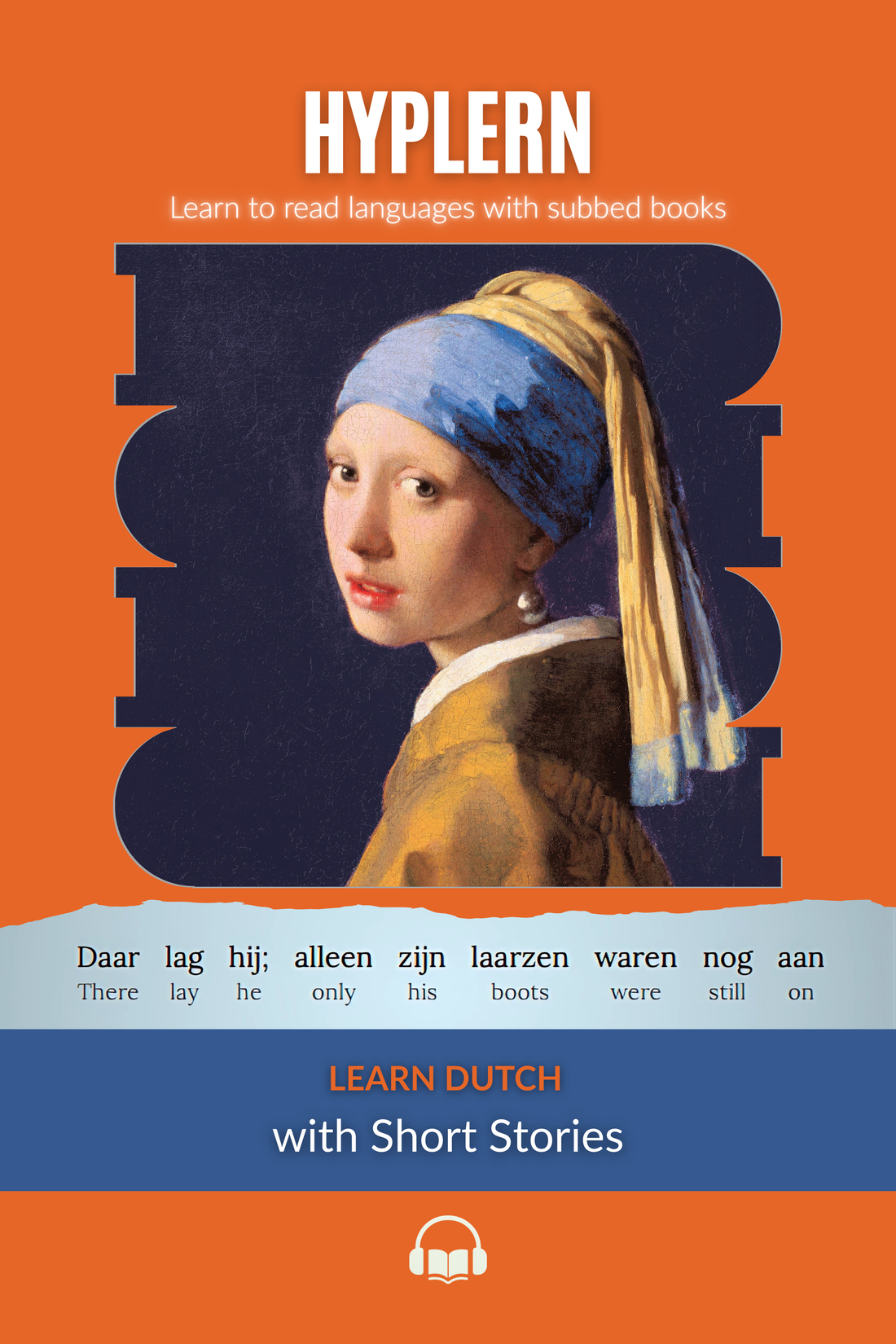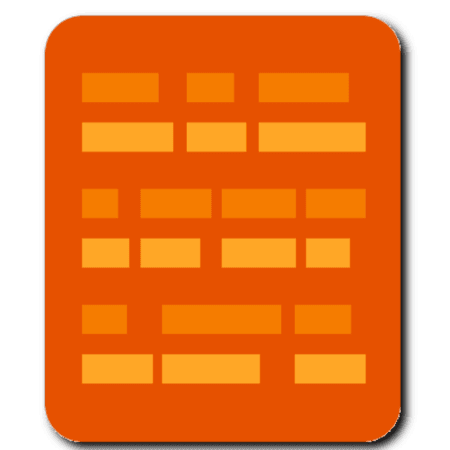
Learn Dutch Naturally with Interlinear Short Stories: Read, Understand, Enjoy
Share
Skip the Flashcards — Learn Dutch with Subbed Stories Instead
If you've ever felt stuck memorizing Dutch vocabulary or battling grammar charts, you're not alone. The traditional language learning methods can be slow and discouraging. That’s why more learners are turning to interlinear books — also known as subbed books or subtitled books — as a fast, natural way to read and absorb the language.
These specially formatted texts provide a word-for-word English translation directly beneath the original Dutch sentence. You’re not just reading a translation; you’re following the rhythm and logic of the Dutch language itself.
Why Dutch Short Stories Work So Well
Short stories are the perfect format for learners. They offer:
-
Digestible chunks of real Dutch prose
-
Frequent exposure to key vocabulary
-
Repetition of natural grammar structures
-
Cultural insights into Dutch life, history, and humor
With HypLern’s Dutch interlinear books, you get original literature — not simplified or adapted versions — enriched by direct, line-by-line translations.
For example, from Max Havelaar in the Short Stories edition:
Dutch:
Ik ben makelaar in koffie, en woon op de Lauriergracht, nummer zeven-en-dertig.Interlinear (subbed) translation:
I am broker in coffee, and live on the Lauriergracht, number thirty-seven.
Notice how each Dutch word is preserved in its natural position — allowing you to absorb word order, syntax, and expression all at once.
How Subtitled Interlinear Reading Boosts Learning
This unique method does what flashcards can’t:
-
Instant recognition: See words in context, not isolation.
-
Grammar by exposure: Understand how Dutch builds meaning.
-
Real fluency practice: Follow the flow of unedited, authentic text.
-
Motivation through success: Every sentence you understand is a win.
As you read, you naturally develop an internal “Dutch voice,” allowing you to predict phrases and structure intuitively — just like you learned your first language.
Sample: Short Story, Deep Learning
From the interlinear version of Mejuffrouw Sara Burgerhart by Betje Wolff and Aagje Deken:
Dutch:
Mijn beste vader, weet je, was Jan Burgerhart; hij negotieerde in de thee.Subtitled English:
My dear father, you know, was Jan Burgerhart; he negotiated in the tea.
This not only introduces you to historical Dutch vocabulary (negotieerde = negotiated) but also familiar sentence structure in a narrative tone that sticks.
Ideal for Independent Learners and Teachers Alike
Interlinear Dutch books aren't just a self-study hack. They're also a perfect complement to classroom learning. Teachers use them to:
-
Encourage extensive reading
-
Build vocabulary retention
-
Foster cultural engagement
-
Inspire confidence in slow readers
Whether you’re a teacher, an autodidact, or a lifelong language explorer, subtitled interlinear reading is your secret tool for long-term fluency.
The HypLern Approach: Two Books in One
Each HypLern book is designed with:
-
Literal translation under every Dutch line
-
Original story intact — no dumbing down
-
Natural Dutch, as spoken and written by real authors
-
Optional empty versions and MP3s for immersive practice
And best of all — once you're comfortable, you can hide the translations and read the stories in Dutch alone. That’s when you know you’re truly understanding, not just decoding.
Ready to Read Dutch Without a Dictionary?
Forget flipping through apps or struggling with abstract grammar. With HypLern’s interlinear, subbed, and subtitled Dutch books, every page teaches you more than just language — it teaches you how Dutch works.
Explore our Dutch Short Stories today and start reading Dutch the way native speakers write it — one meaningful sentence at a time.
